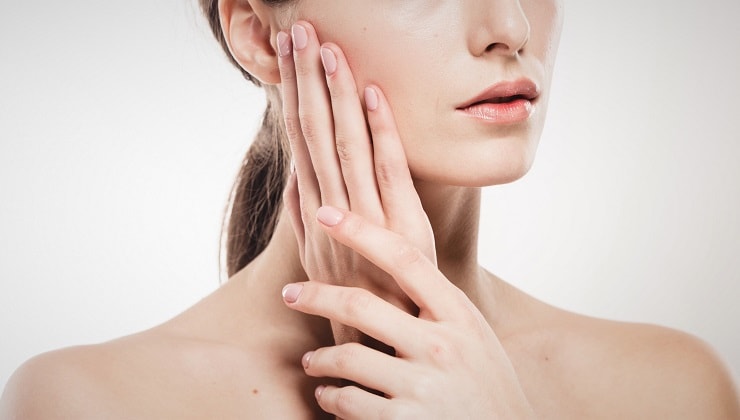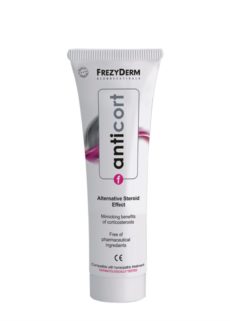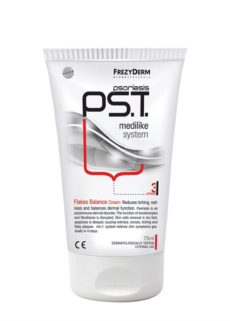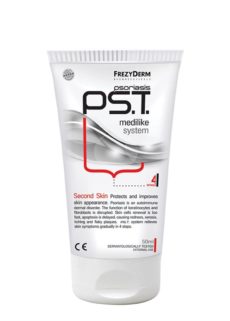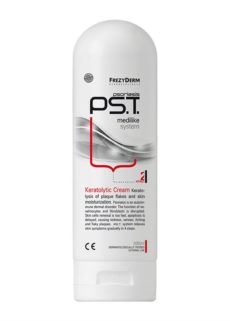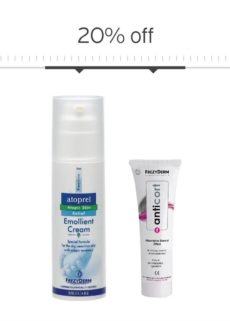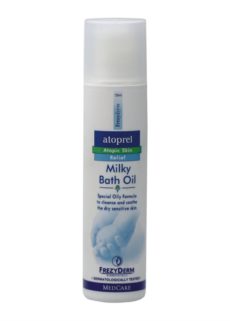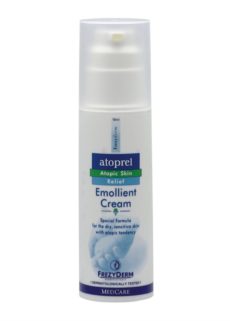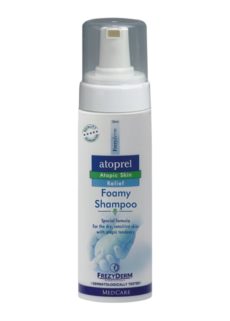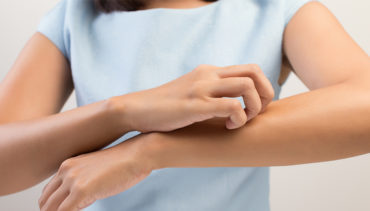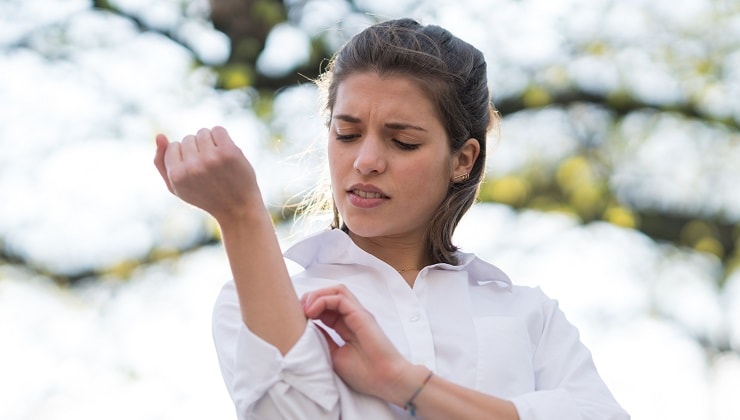
What’s the Difference Between Eczema and Psoriasis?
We’ve spoken regularly about common skin conditions such as eczema and psoriasis.
Both are annoyingly itchy, blotchy and often flaky. To many people they can look very similar, so how do you tell the difference?
What does it look like?
Eczema is often dry, scaly, crusty and can weep. It tends to appear on the back of knees and elbows but can appear elsewhere like the neck, wrists and ankles.
Psoriasis generally starts with small red bumps on the skin, and then turns into red patches with a grey, slivery look and scaly coating. These raised bumps are known as plaque and regularly appear on elbows, knees and lower back.
How does it feel?
Eczema causes an extreme and intense itch. Many sufferers get so itchy that they scratch enough to make their skin bleed. The skin often feels extremely dry, cracked and sore. Psoriasis can be itchy too but with an added feeling of a hot burning sensation.
What triggers a flare-up?
The cause of eczema is relatively unknown, but generally thought to be linked to an overreactive immune system in response to an irritant. It’s this response by the body that causes eczema symptoms. Also, eczema is found regularly in families with a history of other allergies, so there is likely a genetic factor.
Psoriasis is an autoimmune disease often set off by stress or an infection, but it can also be triggered when your skin is injured with a cut, scrape, insect bite and even sunburn. Some psoriasis triggers are also known triggers of eczema.
How do you treat it?
Our Atoprel Emollient Cream relieves the symptoms of atopic and eczematoid dermatitis, contributes to the reduction of the scratching tendency that mechanically aggravates the dry skin (efficacy clinically proven) and provides: epidermal barrier strengthening, moisturization, lipid replenishment, skin protection (Medical device, CE 2803).
Whether it’s eczema or psoriasis, it’s best to switch to a mild soap or soap substitute with a neutral pH level that won’t dry out the skin. Our Atoprel Bath Cream is made especially for those with dry, irritated eczema-prone skin. This gentle bath cream cleanses and hydrates thirsty skin.
For psoriasis sufferers, we recommend using our PS.T. Cleanser Step 1. This gentle cleanser is made specifically for psoriasis and cleanses the face and body by removing dead skin cells and flakes.
Avoid hot baths and showers as these will irritate your skin, making a flare-up more likely. Instead, go for warm showers and short baths and make sure you moisturise your skin afterwards.
Psoriasis suffers would benefit from the PS.T. Keratolytic Cream Step 2. This soothing body emulsion that removes skin flakes and dead skin cells all whilst giving skin deep hydration.
Another effective treatment is light therapy. Using natural or artificial ultraviolet light slows skin cell turnover and helps to reduce inflammation and scaling. Before starting light therapy, speak to your doctor to find out the safest way to use the treatment.
Take a look at our full range of products to treat and manage eczema and psoriasis today.



